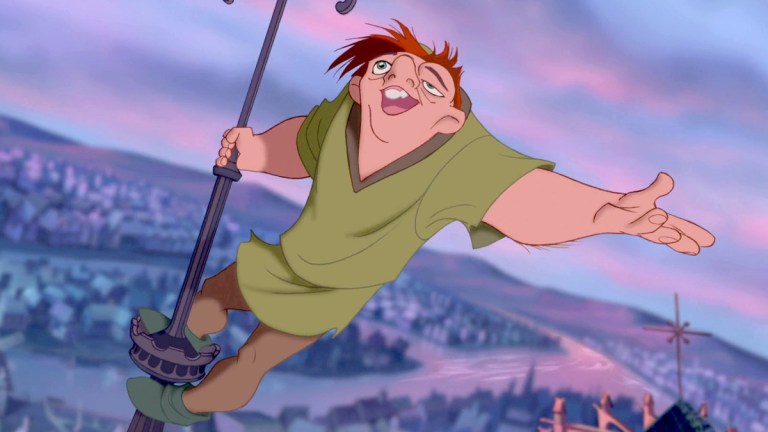Link Tank: Revisiting The Hunchback of Notre Dame After 25 Years
The Hunchback of Notre Dame at 25, the biggest fashion trends of the past two decades, how variants can solve an MCU problem, and more!

Twenty-five years later, Disney’s PG take on Victor Hugo’s The Hunchback of Notre Dame remains one of the most radical films in Disney history.
“It is hard to imagine Disney adapting a Gothic novel in which every single major character is morally grey and almost all of them die at the end. Yet, in 1996, Disney released The Hunchback of Notre Dame, a retelling of the very dark Victor Hugo novel. What’s different? Oh gods, it would almost be easier to say what is similar: names, location, and the fact that Quasimodo has physical disabilities. This book is very bleak, guys.”
We’ve seen many a fashion trend come and go in the twenty years since 2000. Here are twenty of the most notable ones.
“In the new millennium, fashion took a turn toward the maximalist. The early to mid-1990s had down-to-earth grunge looks and severely chic minimalism, but by later in the decade and into the early aughts the sparkly, candy-colored fashions of pop stars like The Spice Girls and Britney Spears started to filter into contemporary teen style.”
What We Do in the Shadows spin-off Wellington Paranormal is the hilarious, new-to-the-US comedy arriving on The CW next month.
“If The X-Files tossed aside all the government-conspiracy stuff and just concentrated on wacky monsters—and injected everything with the driest, most deadpan humor imaginable, and a bit more bumbling—that’s kind of exactly what Wellington Paranormal looks like. The New Zealand series, a spin-off of What We Do in the Shadows, arrives on the CW next month, and our already sky-high excitement only grows with every new trailer.”
Tesla is in the process of developing self-driving cars that rely only on cameras, a highly desirable feat that could reduce cost and weight.
“Self-driving vehicles currently rely on a mix of cameras, radar, and LiDAR to ensure they have all the data they need to safely navigate. However, Tesla intends to rely solely on cameras eventually by using a neural network to achieve vision-only autonomous driving. Such a system is highly desirable for a number of reasons. The most obvious is that it cuts down on the amount of technology required per vehicle, which reduces both cost and weight.”
2021 is looking like a great year for science fiction and fantasy movies. Here are the best films of the genres to have been released so far.
“2021 is shaping up to be a little special, as far as genre films are concerned, since we’re finally getting to see all of the movies that were supposed to come out last year, but were bumped ahead on the release calendar. That means we have giant apes and nuclear-powered lizards, guys who strap rocket engines to cars, time-travel romances, sandworms, and approximately a bajillion superhero movies to look forward to this year.”
The idea of variants, as introduced by the Loki TV series, could fix a major growing problem of the Marvel Cinematic Universe.
“Out of all Loki’s fascinating concepts, ‘variants’ will matter the most. The Time Variance Authority’s lovable mascot Miss Minutes put it best. These beings who step off the path of the so-called ‘Sacred Timeline’ represent the threat of branching realities and encroaching chaos, two ideas that will shape the future of the Marvel Cinematic Universe.”
